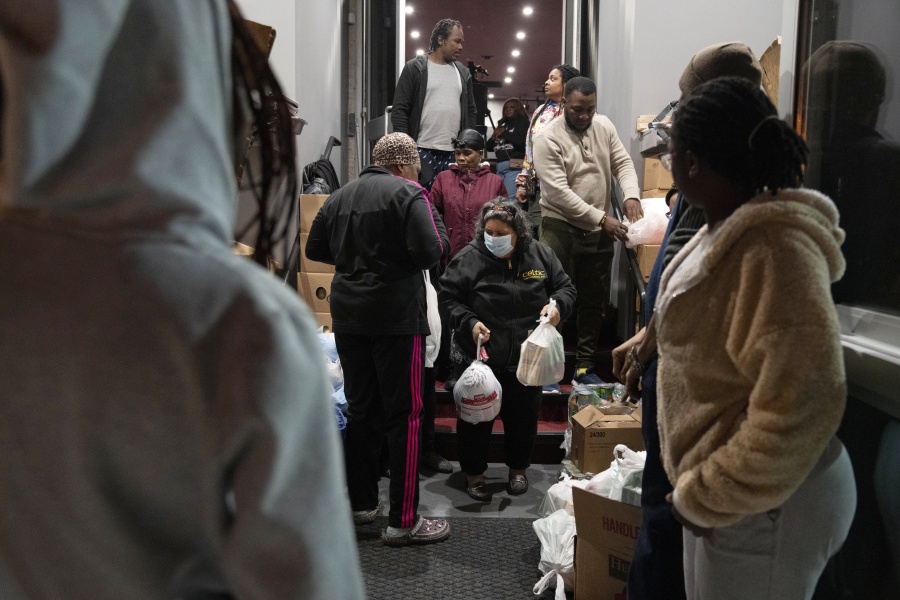WASHINGTON, D.C. — Staffers at Bread for the City, a venerable charity in the nation’s capital, thought they were prepared for this year’s annual pre-Thanksgiving Holiday Helpers food giveaway. The pandemic had faded, but inflation was high, so they budgeted to give out 12,000 meals, 20 percent above pre-pandemic levels.
But they were quickly overwhelmed, with long lines of clients waiting hours to receive a free turkey and a $50 debit card for groceries. They were forced to shut down three days early after helping 16,000 people.
“We don’t want to retraumatize our community by having them wait outside four hours for a turkey,” said Ashley Domm, the charity’s chief development officer. “We are not set up to have hundreds of people lined up on a city street.”
Bread for the City’s experience reflects a larger dynamic playing out across the country. What many Americans hoped would be the first normal holiday season in three years has instead been thrown into a heightened hunger crisis once again, with Christmas on the horizon.
A September report by the Urban Institute estimated that about 1 in 5 adults experienced household food insecurity last summer, about the same as during the first year of the pandemic but a sharp increase from the spring of 2021. Black and Hispanic adults reported higher rates of food insecurity than their white counterparts, according to the report.
“In the pandemic, nobody had jobs and nobody had money,” said Nancy Murphy, a 45-year-old caregiver picking up a frozen turkey and groceries last week from a giveaway at the Redeemed Christian Church of God New Wine Assembly church in northeast Washington. “Now they’re back at their jobs, but the money isn’t going far enough. It’s still hard.”
The government estimates food prices will be up 9.5 percent to 10.5 percent this year. And that’s squeezing the budgets of many Americans and the food banks that have helped them, especially with the expiration of the massive flow of pandemic relief aid.
“Inflation has been the story of the year,” said Michael Altfest, director of community engagement at the Alameda County Food Bank in Oakland, Calif.
Altfest said the level of community need remains 50 percent to 70 percent higher than pre-pandemic levels, and about 30 percent of calls to the food bank’s emergency helpline are from first-time callers.
In multiple cases, charities and food banks had prepared for increased numbers due to inflation, only to find the level of need had far exceeded their projections.
The Capital Area Food Bank in Washington originally projected it would need to distribute about 43 million meals during the July 2022-to-June 2023 budget year.
Now, four months into that fiscal year, it already is 22 percent ahead of those predictions.



